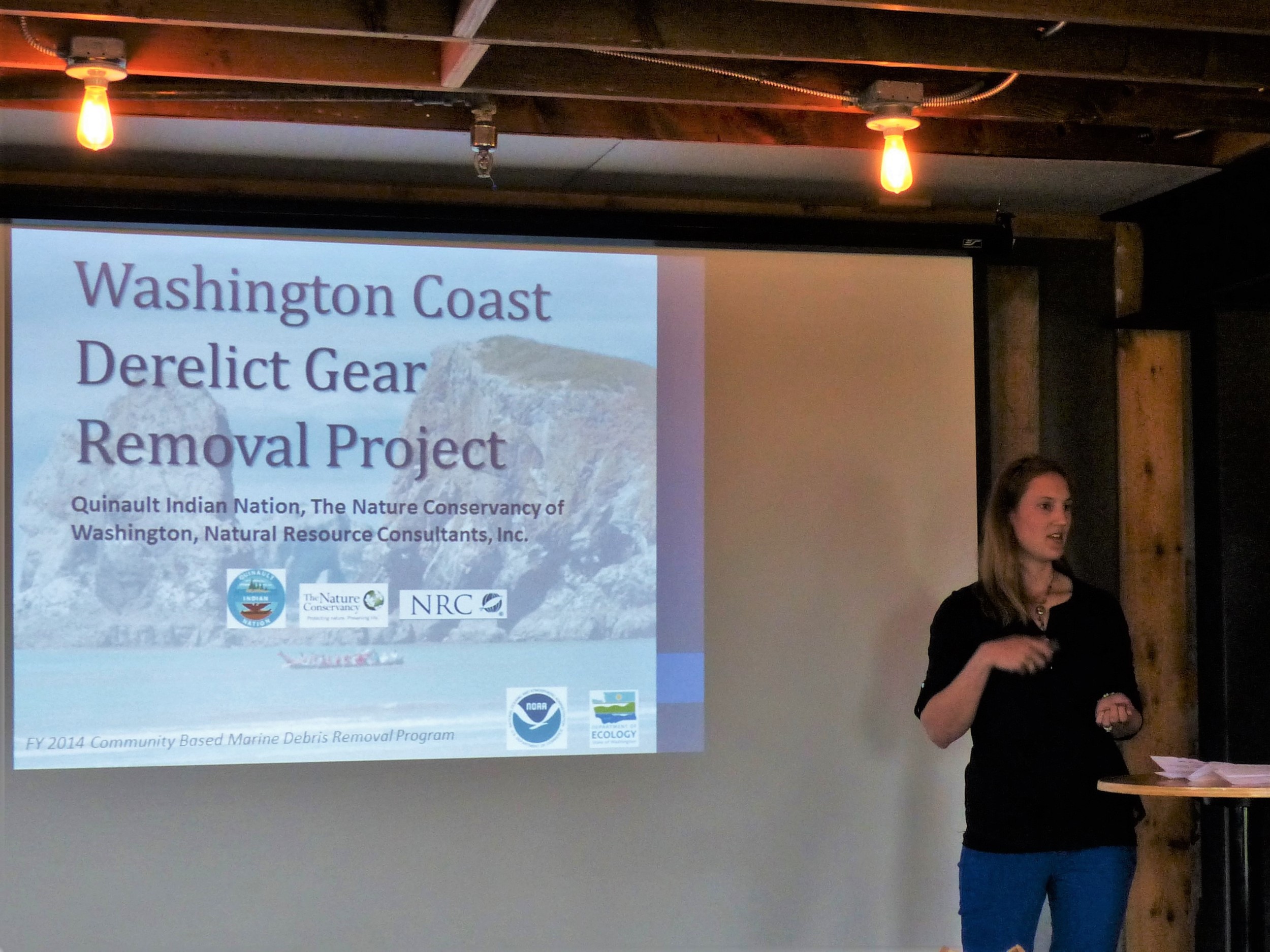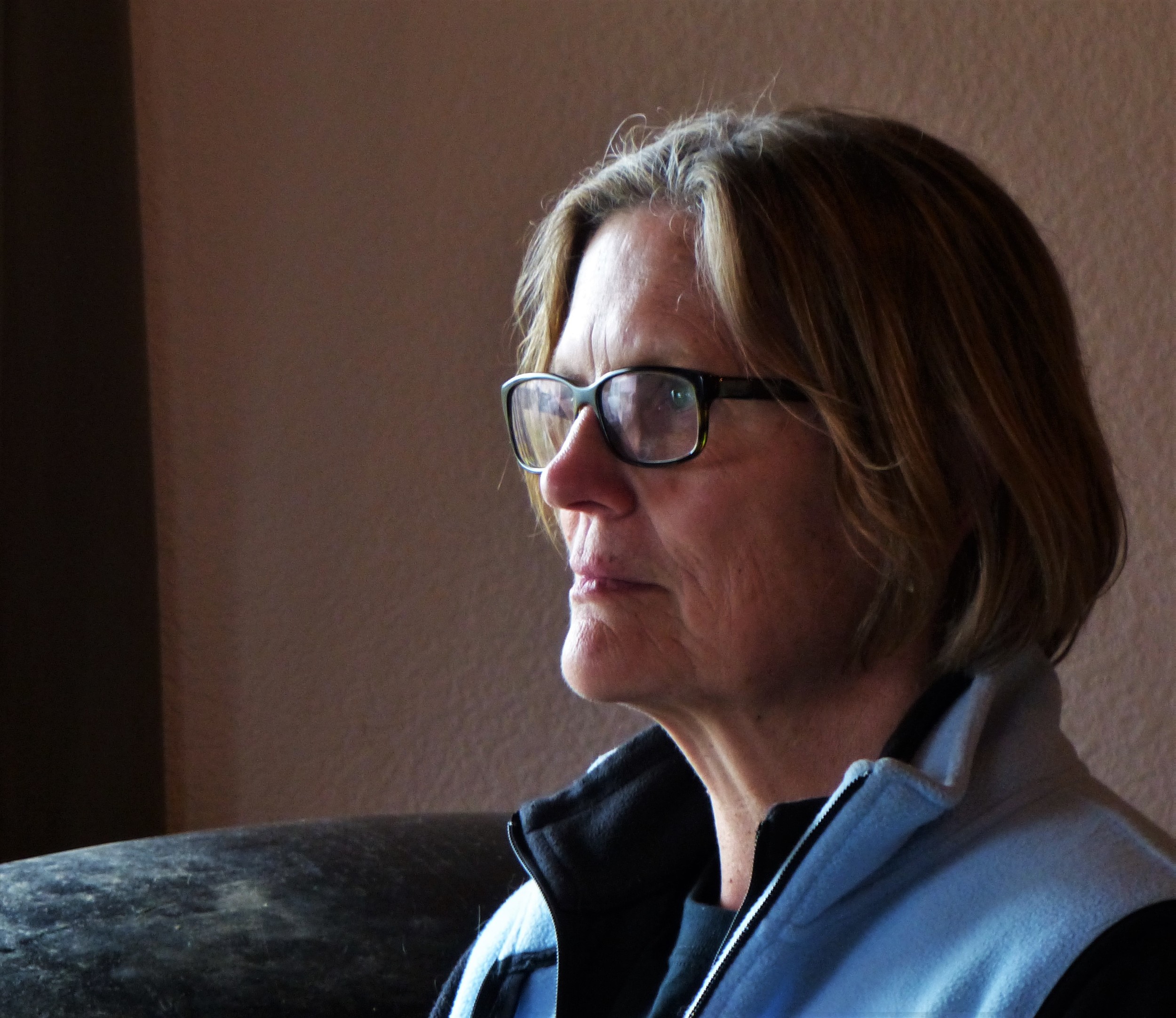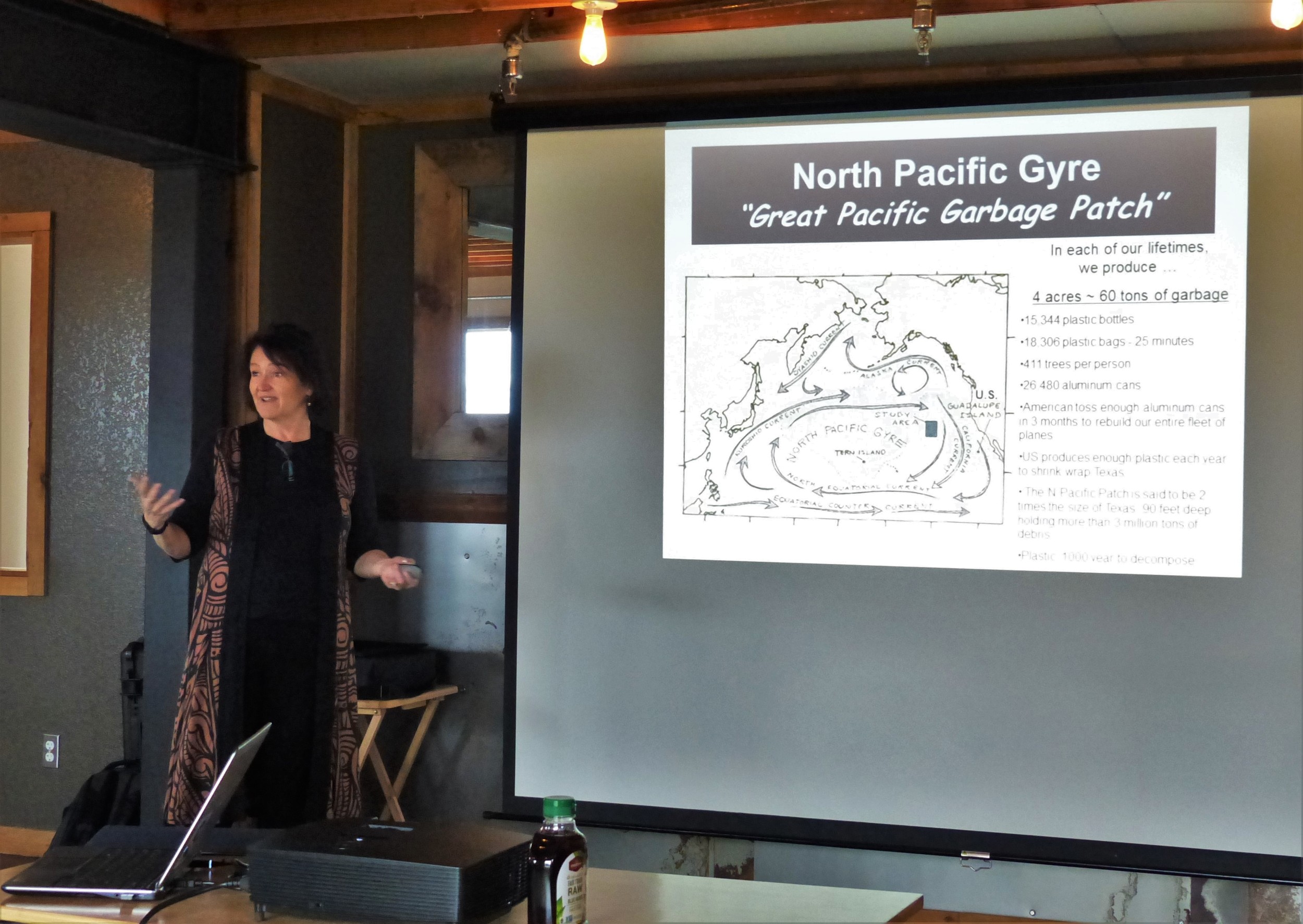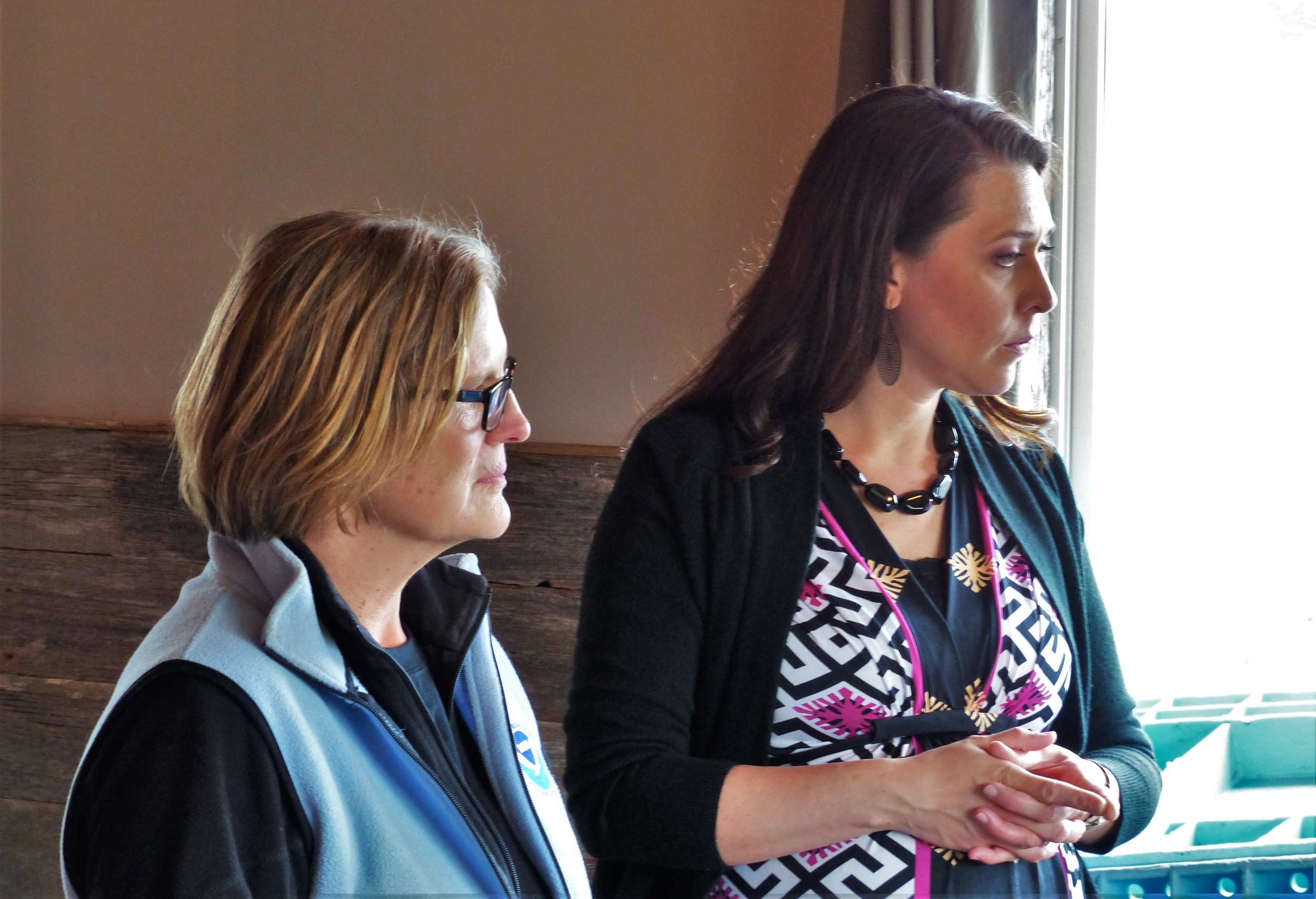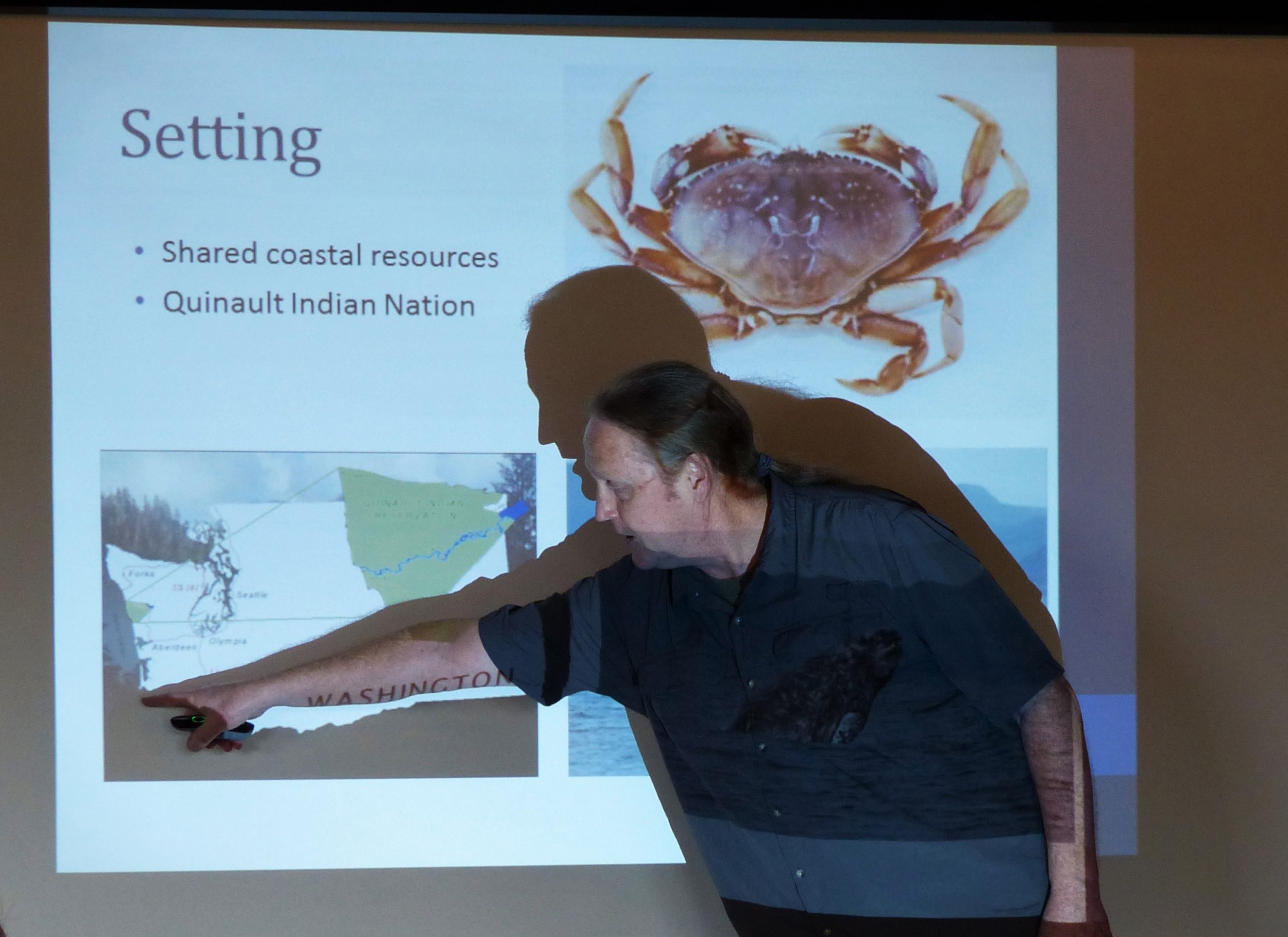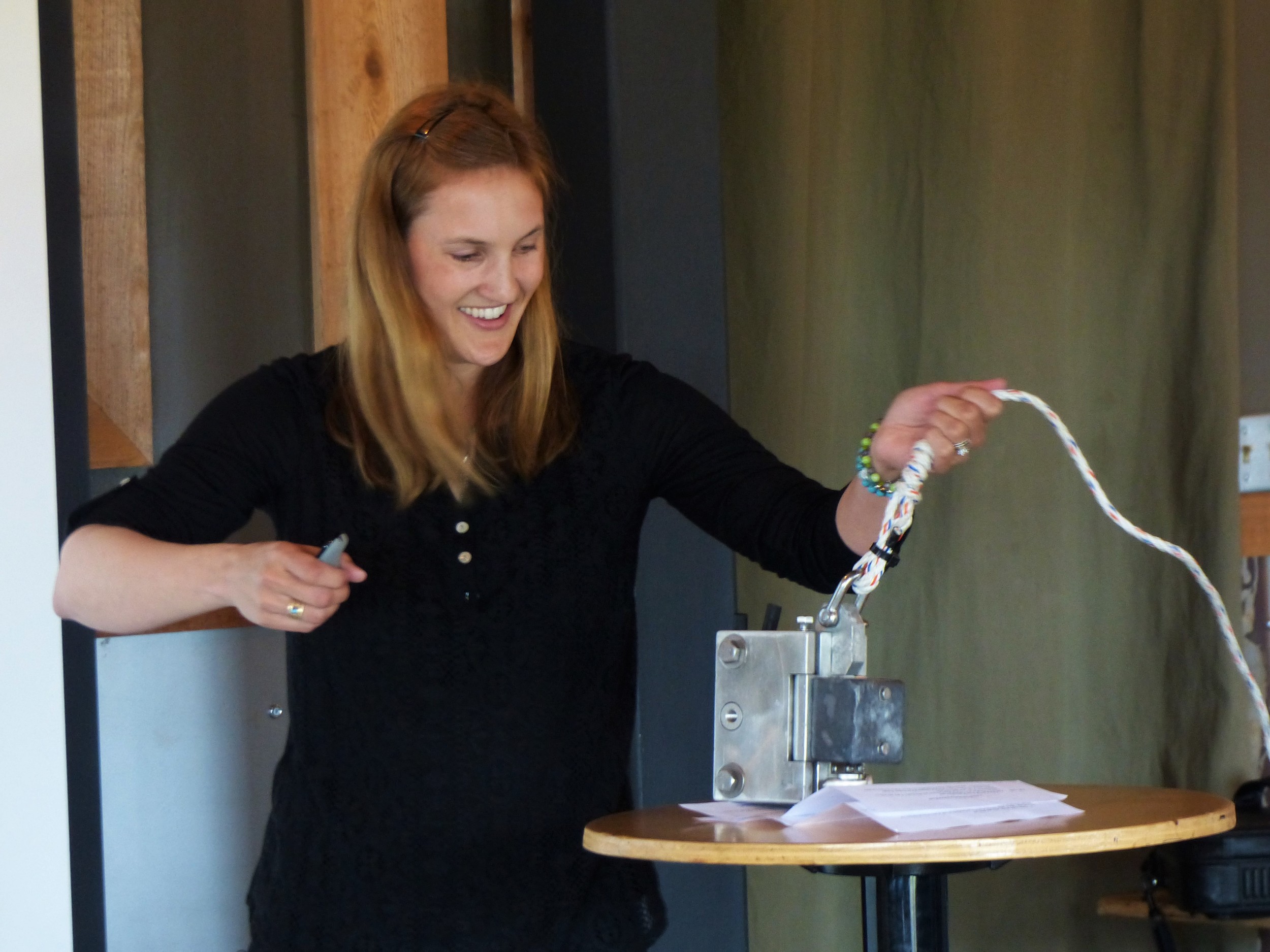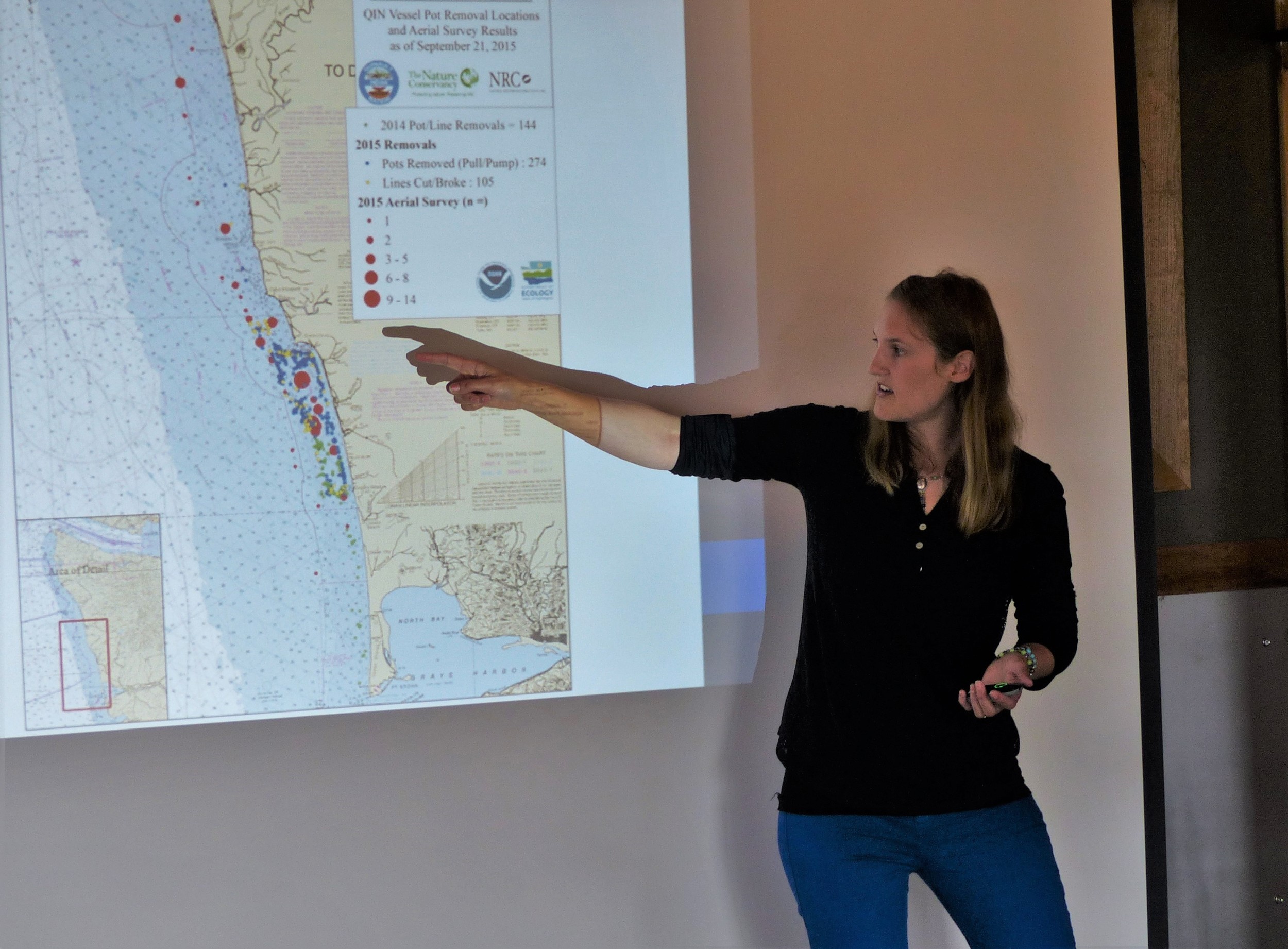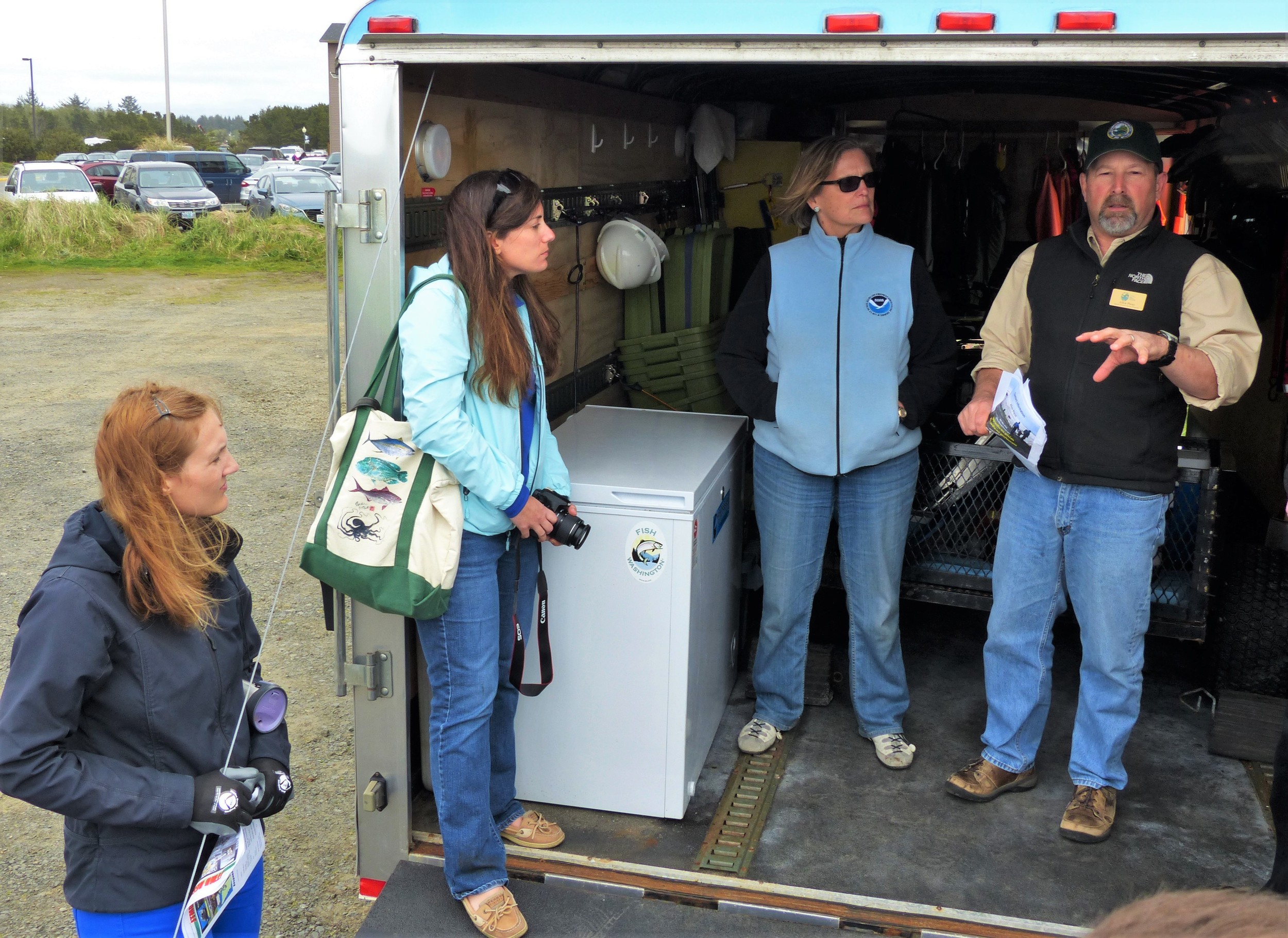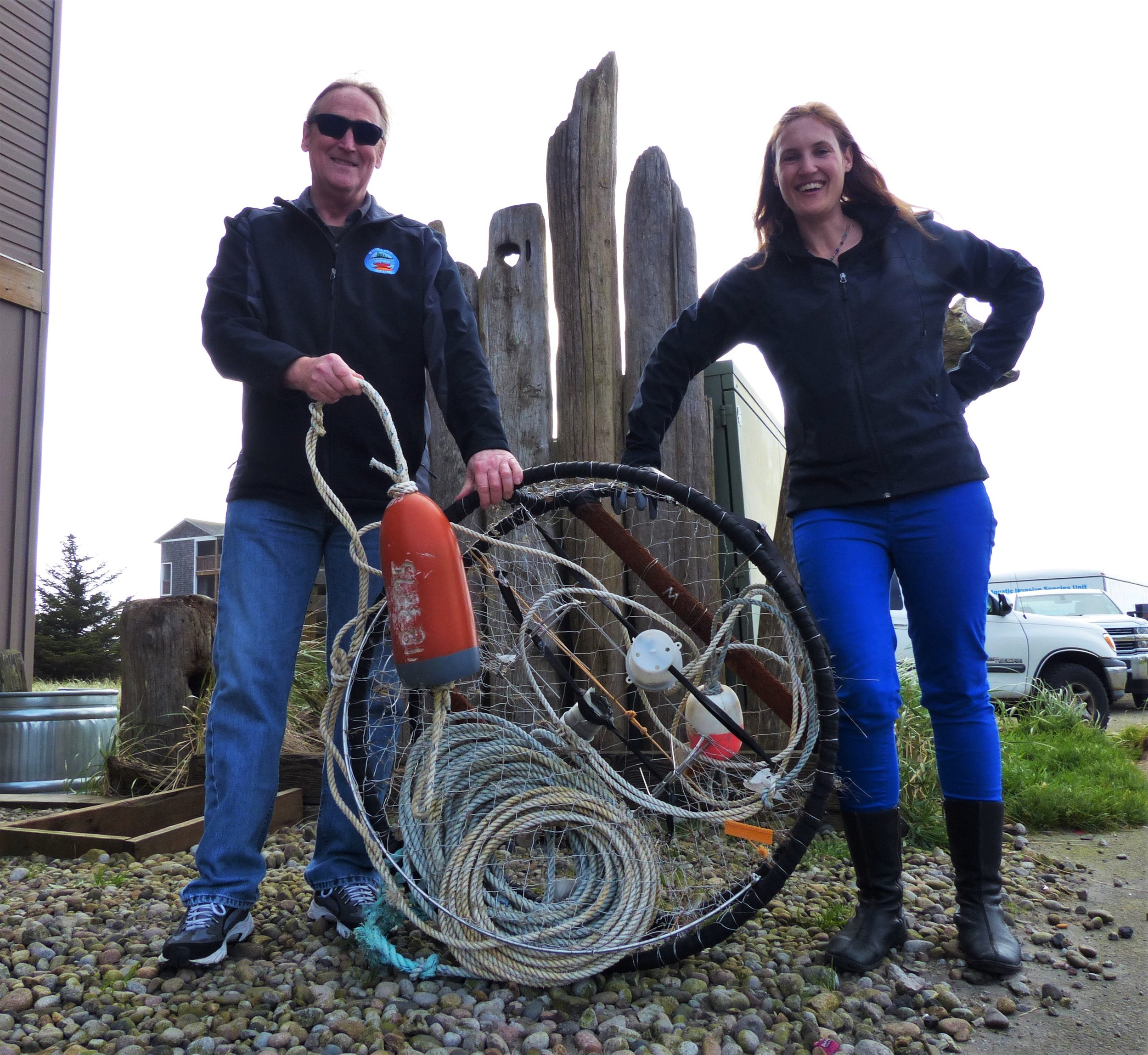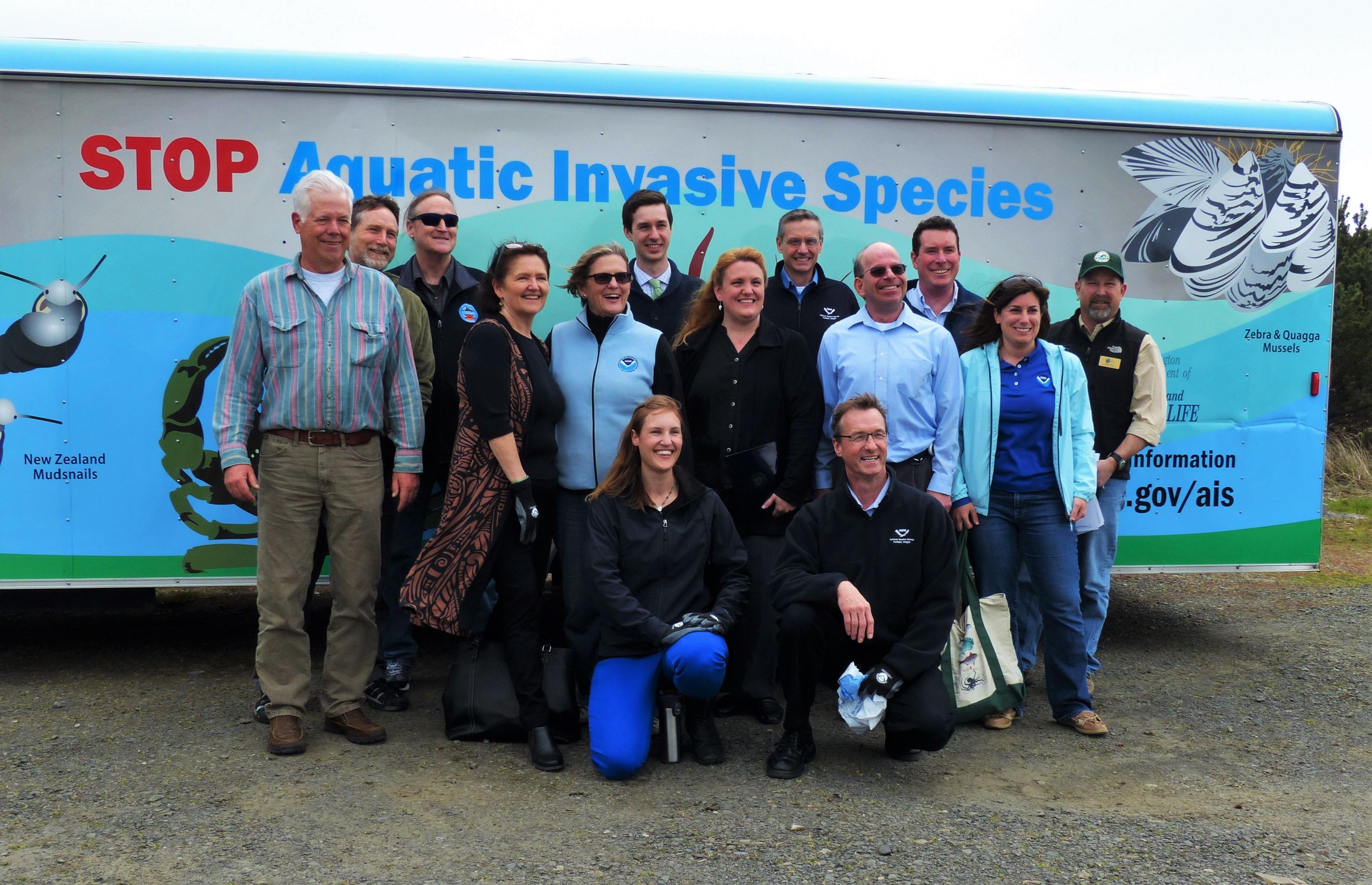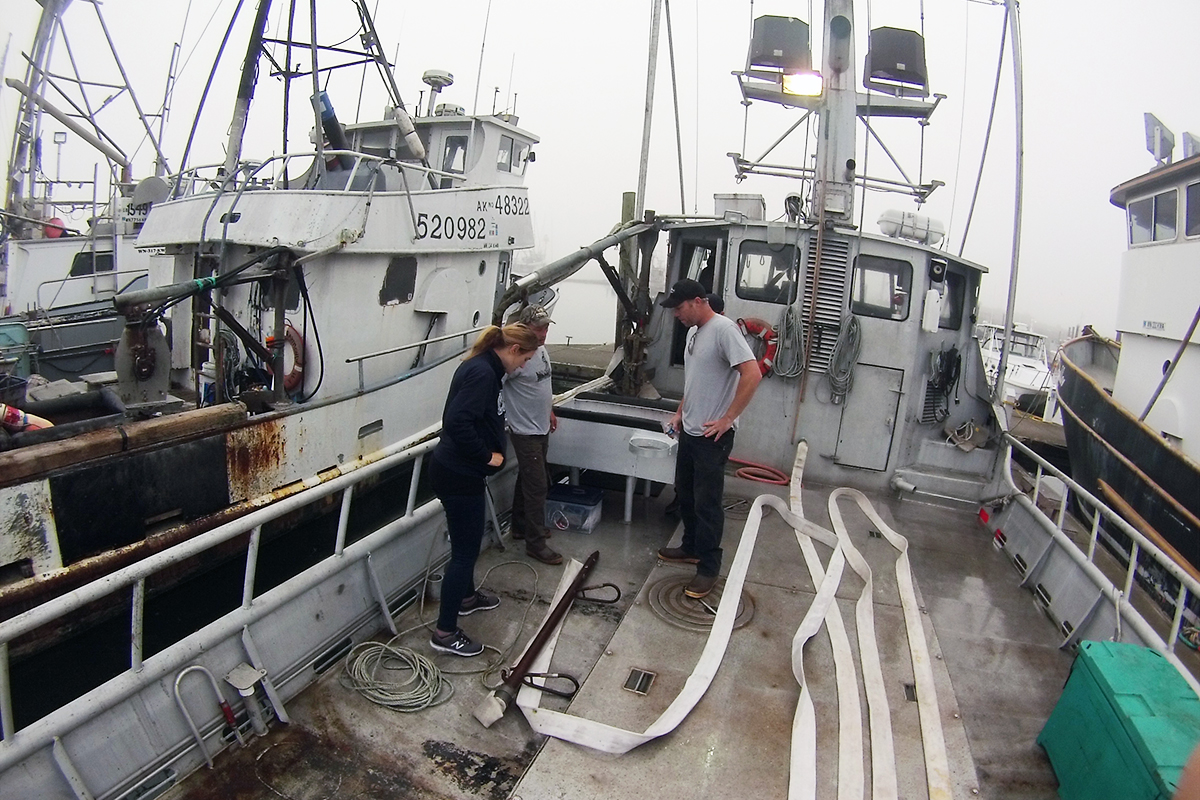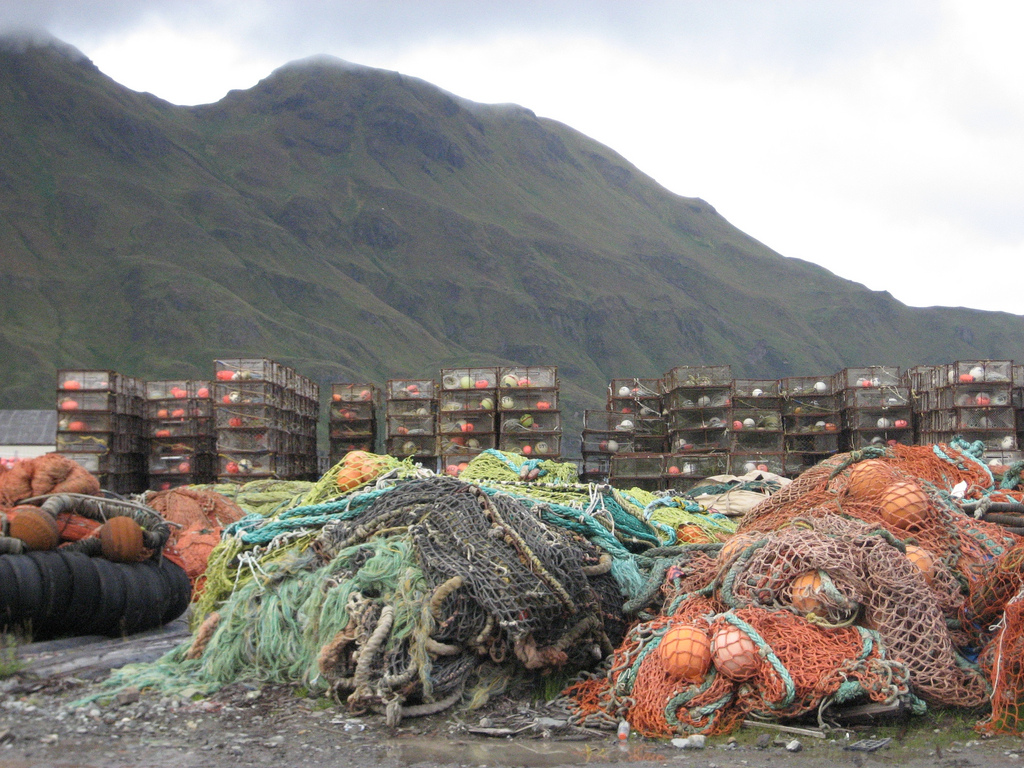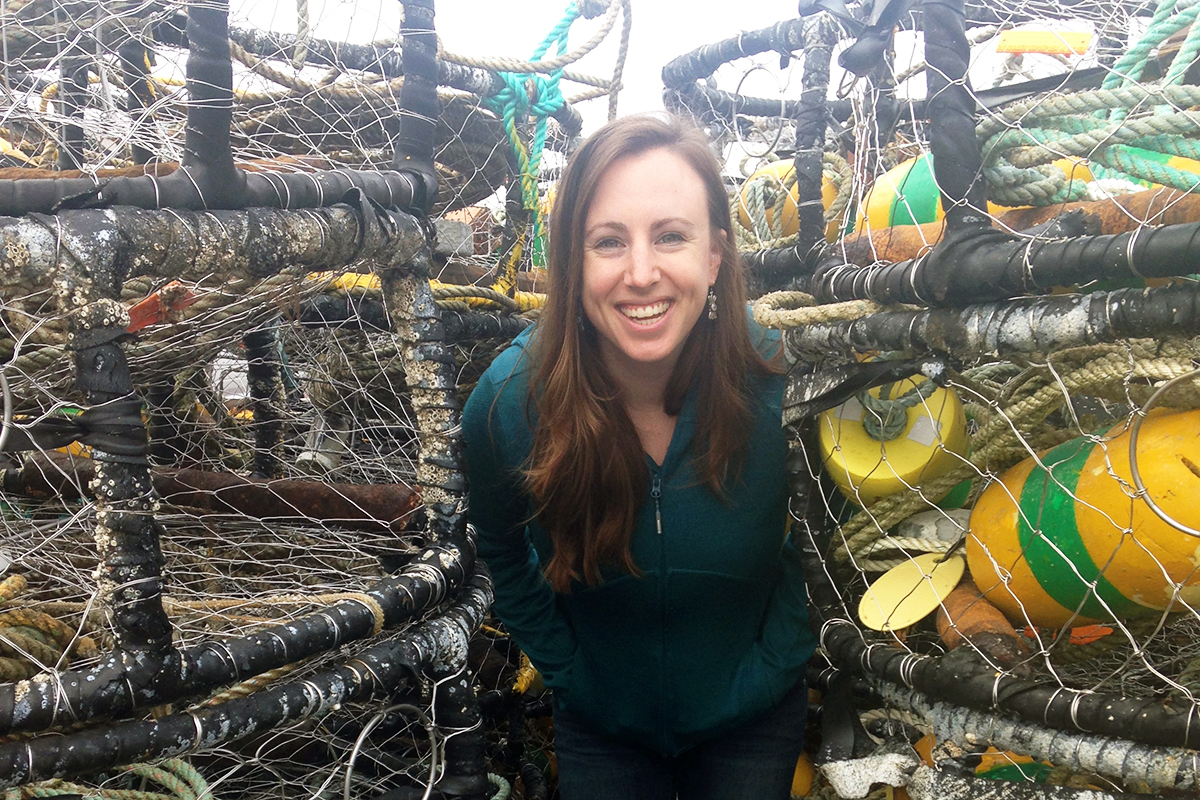Written by Kara Cardinal, Marine Projects Manager
Photographed by David Ryan, Field Forester
Marine debris - plastics, metals, rubber, paper, textiles, derelict fishing gear, vessels, and other lost or discarded items that enter the marine environment – is becoming one of the most widespread pollution problems facing our world oceans.
Marine life, such as sea turtles, seabirds, and marine mammals, are increasingly confusing it with food and ingesting plastics and other debris. It can damage important marine habitat. Derelict nets, ropes, line, and other fishing gear can lead to whale entanglements, vessel damage and navigational hazards. Not to mention, who wants to walk down the beautiful Washington coast only to stumble across rafts of Styrofoam, plastic bottles and grocery bags? No part of our world is left untouched by debris and its impacts.
“She may be small, but she is fierce.”
As overwhelming as this problem seems, incredible work is happening right here in Washington to clean up our local oceans.
I had the opportunity recently to join a group of dedicated individuals in Long Beach, Washington who are working to address marine debris issues in our state, as well as recognize the 10-year anniversary of the NOAA Marine Debris Program and the five-year commemoration of the tsunami that struck Japan and resulted in vast amounts of debris from across the world washing up on our local beaches.
This event brought together local volunteers (Grassroots Garbage Gang), NGOs, tribes, state agencies and NOAA officials to share and recognize our work. The event on April 8 kicked off with inspiring remarks from Dr. Kathryn Sullivan, Undersecretary of Commerce for Oceans and Atmosphere and NOAA Administrator , who was eager to learn about our work and explore our local beaches.
Congresswomen Jaime Herrera-Beutler, with family in tow, also addressed the crowd. Referring to the community efforts on the Washington coast, she recited a quote from her daughter’s bedroom wall: “She may be small, but she is fierce.” These words couldn’t be more true – folks on the Washington coast are doing local-scale work with a global-scale impact.
At The Nature Conservancy, we are doing our part by addressing the issue of derelict fishing gear along Washington’s rugged coast. With funding from NOAA and in partnership with the Quinault Indian Nation and Natural Resource Consultants, we have removed over 500 pots, lines, and buoys from the Washington Coast. The main goals of this project can be summed up by 1) getting derelict gear out of the water, 2) keeping gear out of the water through a sustainable recovery program, and 3) doing outreach to tribal fishermen and the surrounding communities about the habitat, economic and safety issues of derelict fishing gear.
See our recent blog post on this project.
Before I started my long journey home, I decided to take one last walk along the beautiful beaches of the Long Beach Peninsula. As I was walking out towards the water, who did I see coming off the beach lugging a big bag full of trash? None other than Dr. Kathryn Sullivan herself! I went up to shake her hand and thank her for visiting our special corner of the country. She remarked “I couldn’t travel all this way and not do my part.” I smiled to myself as I continued my walk along the waters edged and felt very confident that all of us together might just make a difference in this world.






